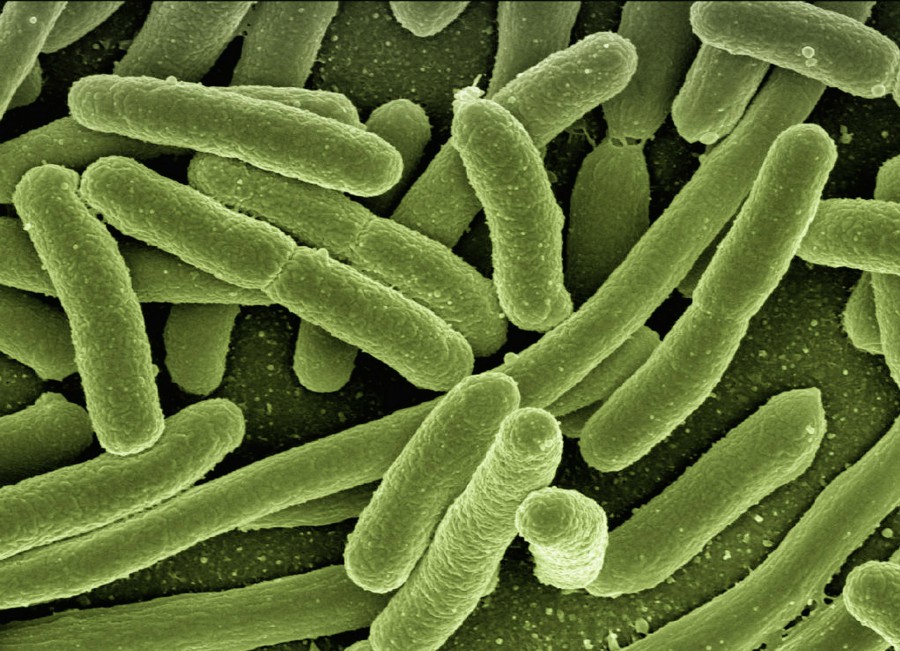
Scientists at the University of Birmingham have shed fresh light on the mechanism used by certain types of bacteria to protect themselves against attack.
Gram negative bacteria can cause diseases such as pneumonia, cholera, typhoid fever and E. coli infections, as well as many hospital acquired infections. They are increasingly resistant to antibiotics – and this is partly because of the way they are built.
Gram negative bacteria are surrounded by a double membrane that forms a highly effective protective barrier and makes the cell far more resilient to antibiotics. The outer of these two membranes is composed of two types of molecule, phospholipid and lipopolysaccharide (LPS) in a unique asymmetric architecture, with LPS on the outside of the membrane and phospholipid on the inside. It is this architecture that makes gram-negative bacteria particularly resistant to antibiotics.
Understanding how these bacteria make this outer membrane could lead to the identification of new ways to combat bacterial infections, as this membrane is essential for bacterial survival.
Scientists at the University of Birmingham have recently made a step forward in understanding this process by identifying the first mechanism involved in the movement of phospholipid molecules towards this membrane.
Using biophysical techniques including x-ray crystallography and nuclear magnetic resonance, the Birmingham team were able to monitor the movement of phospholipids from the inner membrane towards the outer membrane directly through a series of proteins that form a pathway known as the Mla pathway. This pathway has previously been shown to be involved in disease but its exact function was not known. These results provide the first evidence of a protein machinery involved in these transport processes and opens up the possibility of targeting it for antibiotic development.
Lead author Dr Tim Knowles says: “We’ve known for many years that these bacteria contain two membranes which help them survive in harsher conditions, and provide enhanced protection against attack by antimicrobial agents. Understanding more about how these membranes are formed and maintained could be a key part of research to develop new antibiotics.”
The work was funded by the Biotechnology and Biosciences Research Council and the Wellcome Trust, and carried out in partnership with the ISIS Pulsed Neutron and Muon Source situated at the Rutherford Appleton Laboratory
For further information please contact Beck Lockwood, Press Office, University of Birmingham, tel 0121 414 2772.
- The University of Birmingham is ranked amongst the world’s top 100 institutions. Its work brings people from across the world to Birmingham, including researchers, teachers and more than 6,500 international students from over 150 countries.
- Hughes et al (2019). ‘Evidence for phospholipid export from the bacterial inner membrane by the 1 Mla ABC transport system.’ Nature Microbiology. DOI: 10.1038/s41564-019-0481-y